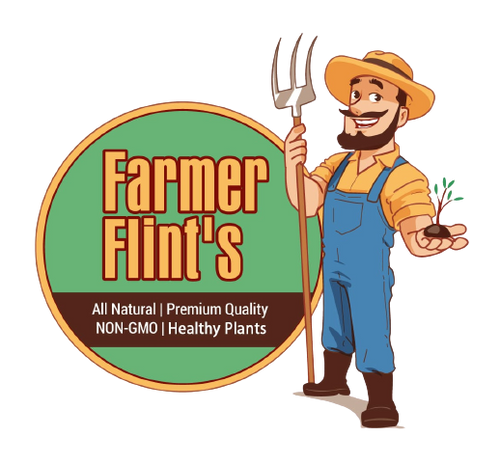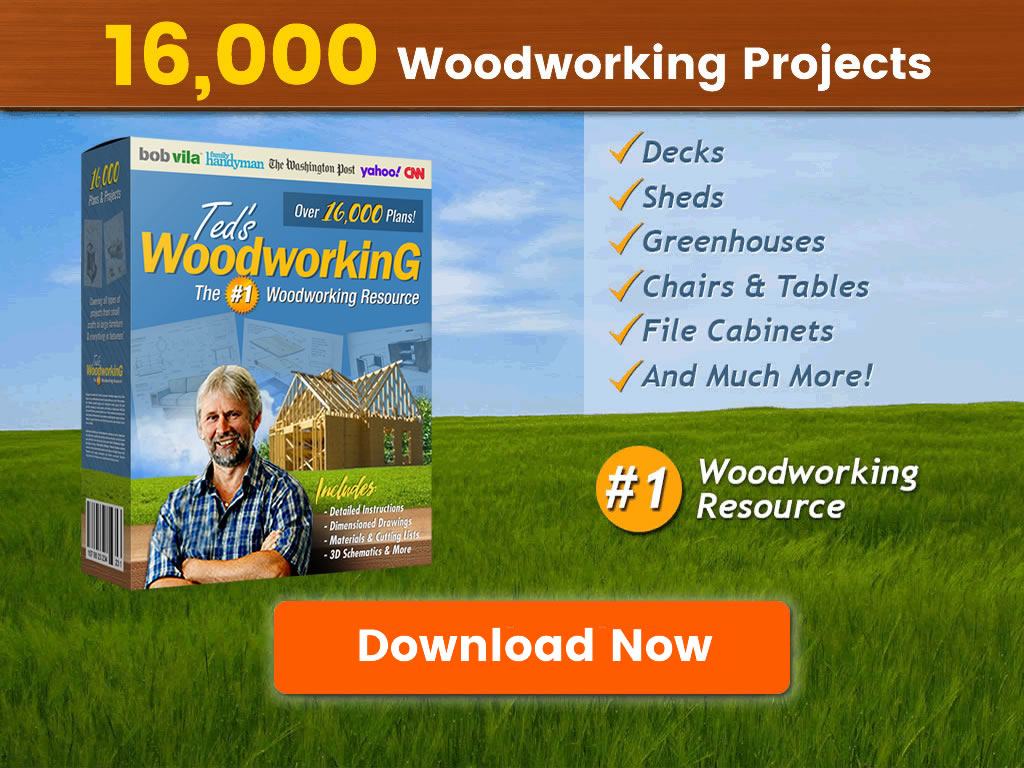Choosing the best vegetables to grow in limited space is the key to turning even the smallest areas into productive, thriving gardens. Gardening is an enriching and rewarding experience, but not everyone has the luxury of sprawling land. Whether you’re tending a tiny urban balcony, a small backyard, or a modest patio, growing your own vegetables is entirely possible.
With smart planning, container gardening, vertical setups, and compact plant varieties, a small space can yield an impressive harvest. This guide explores the most efficient and rewarding vegetables for limited gardens, along with practical tips for maximizing your growing potential.
Why Grow Vegetables in Small Spaces?
The appeal of cultivating vegetables in a limited area goes beyond necessity. Growing in small spaces offers several advantages:
-
Easier Maintenance: Smaller gardens are simpler to water, weed, and manage.
-
Cost-Effective: Minimal soil, fertilizers, and tools are needed.
-
Accessibility: Growing vegetables close to your kitchen or living area means fresher produce at your fingertips.
-
Creative Expression: Compact gardens can be beautifully designed with creative layouts like vertical gardens and raised beds.
The secret lies in choosing the best vegetables to grow in limited space — varieties that offer maximum yield in minimal room.
Factors to Consider When Choosing Vegetables
Before planting, consider a few essential factors:
-
Growth Habit: Choose bush or dwarf varieties over sprawling types.
-
Yield per Plant: Prioritize plants that produce a lot in a small footprint.
-
Sunlight Requirements: Ensure your chosen plants match the light conditions of your growing area.
-
Time to Harvest: Fast-growing vegetables can offer multiple harvests in a season.
-
Climatic Conditions: Select vegetables suited to your region's temperature and humidity levels.
Armed with these considerations, it’s time to explore the best vegetables to grow in limited space.
Top Vegetables for Small Gardens
1. Lettuce
Lettuce thrives in shallow containers and requires minimal space. Cut-and-come-again varieties like looseleaf lettuce allow multiple harvests from a single planting.
Tips:
-
Plant seeds densely and thin later for continuous harvest.
-
Grow in partial shade during hot months to prevent bolting.
2. Radishes
Radishes mature quickly, often within 30 days, making them ideal for tight spots. They grow well in small pots or window boxes.
Tips:
-
Sow seeds every few weeks for a continuous supply.
-
Ensure even watering for tender, crisp roots.
3. Spinach
Spinach is another fast grower that doesn’t demand much space. It grows well in cooler weather and can be harvested young for salads or allowed to mature.
Tips:
-
Use containers at least 6 inches deep.
-
Water consistently to prevent bolting.
4. Green Onions (Scallions)
Scallions are excellent for tight spaces. They can be grown in small pots, mason jars, or narrow beds.
Tips:
-
Replant the white roots after cutting to regrow.
-
Harvest frequently to encourage new shoots.
5. Bush Beans
Unlike pole beans, bush beans grow in a compact form. They produce abundantly and require no trellising.
Tips:
-
Sow directly into containers or raised beds.
-
Harvest beans regularly to extend production.
6. Peppers
Both hot and sweet peppers grow remarkably well in containers. Compact pepper plants are attractive and yield heavily when provided ample sun and warmth.
Tips:
-
Use containers at least 12 inches deep.
-
Stake the plants as they grow to support heavy fruits.
7. Cherry Tomatoes
Determinate (bush) cherry tomatoes are among the best vegetables to grow in limited space because of their compact nature and prolific yield.
Tips:
-
Grow in large pots with cages or stakes.
-
Choose disease-resistant varieties for best results.
8. Cucumbers (Bush Varieties)
Traditional cucumbers sprawl, but bush types like 'Bush Champion' or 'Spacemaster' are bred for container gardening.
Tips:
-
Provide a small trellis for support if needed.
-
Harvest young for best flavor and tenderness.
9. Carrots
Short and round carrot varieties, such as 'Parisian' or 'Thumbelina,' are perfect for container growing.
Tips:
-
Use deep, loose soil for proper root development.
-
Keep soil moist during germination.
10. Herbs
Though not vegetables in the traditional sense, herbs like basil, parsley, cilantro, and thyme thrive in tiny spaces and are essential for culinary gardens.
Tips:
-
Mix different herbs in a single pot.
-
Trim regularly to encourage bushy growth.
Vertical Gardening: The Ultimate Space-Saver
When floor space is limited, think upward. Vertical gardening techniques can dramatically increase your growing area:
-
Trellises: Support climbing plants like peas and pole beans.
-
Hanging Baskets: Ideal for strawberries, cherry tomatoes, or trailing herbs.
-
Wall Planters: Use mounted pots or pockets for leafy greens and small vegetables.
-
Stacked Planters: Tiered arrangements can host several plants vertically.
Vertical growing not only saves space but also improves air circulation and sun exposure.
Container Gardening Essentials
Using containers is essential when discussing the best vegetables to grow in limited space. Here’s what you’ll need to know:
1. Choosing the Right Container
-
Size: Match container size to plant needs. Deeper containers for root vegetables; shallow ones for leafy greens.
-
Material: Terracotta, plastic, wood, and fabric grow bags each offer different advantages.
-
Drainage: Ensure containers have adequate drainage holes to prevent waterlogging.
2. Soil Selection
Use high-quality potting mix instead of garden soil. Potting mixes are lighter, drain better, and often contain slow-release fertilizers.
3. Watering
Containers dry out faster than ground soil. Monitor moisture daily, especially in hot weather.
4. Feeding
Container-grown plants deplete nutrients faster. Regular feeding with organic compost teas or balanced fertilizers keeps them productive.
Succession Planting for Maximum Harvest
To make the most out of limited space, practice succession planting. As soon as one crop finishes, plant another in its place. Quick crops like radishes can be followed by bush beans or leafy greens, allowing multiple harvests throughout the season.
Companion Planting for Small Gardens
Pairing certain plants together can maximize limited space while improving growth:
-
Tomatoes and Basil: Basil enhances tomato flavor and can deter pests.
-
Carrots and Onions: Onions can repel carrot flies.
-
Cucumbers and Lettuce: Cucumbers provide shade for lettuce in hot weather.
Thoughtful companion planting increases yields and minimizes pest problems without taking up extra room.
Best Practices for Success
To thrive in a limited-space garden, follow these key tips:
-
Prioritize High-Yield Crops: Focus on plants that offer continuous harvests or large yields relative to their size.
-
Plant Intensively: Space plants closely, but allow enough airflow to prevent disease.
-
Use Reflective Surfaces: White walls or reflective panels can boost sunlight for shaded areas.
-
Rotate Crops: Prevent soil depletion and pest buildup by changing plant locations each season.
Mistakes to Avoid
Even the best vegetables to grow in limited space won't thrive without attention to detail. Avoid these common pitfalls:
-
Overcrowding: Plants still need breathing room; too many crammed together invites disease.
-
Ignoring Light Needs: Most vegetables require at least six hours of sunlight daily.
-
Poor Drainage: Waterlogged roots can quickly lead to plant failure.
-
Neglecting Fertilization: Container gardens require regular feeding to maintain vigor.
Conclusion
Choosing the best vegetables to grow in limited space allows you to transform a tiny area into a thriving, productive garden. With thoughtful plant selection, smart use of vertical space, and proper care, even a small balcony or patio can provide a bountiful harvest.
From leafy greens and bush beans to compact tomatoes and spicy peppers, there’s a wide world of delicious vegetables perfect for small spaces. By understanding each plant’s needs and maximizing every inch available, anyone can enjoy the freshness and satisfaction that comes from growing food at home.
No garden is too small for big dreams. With the right vegetables and a little creativity, even the coziest space can become a vibrant oasis of flavor, nutrition, and natural beauty.


